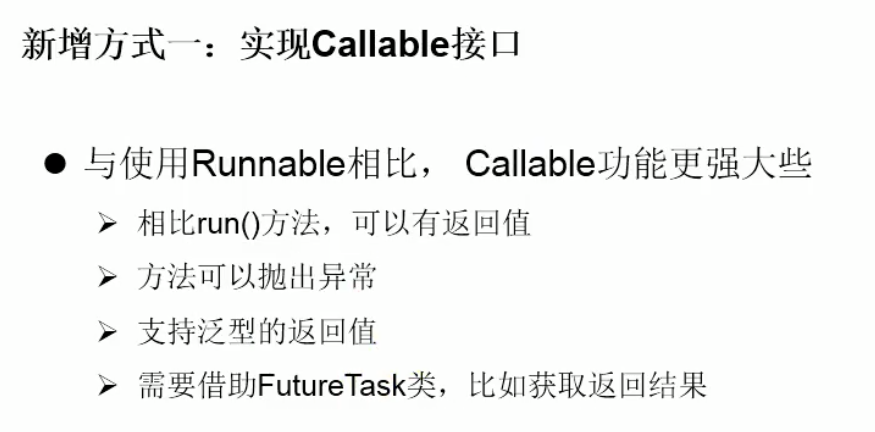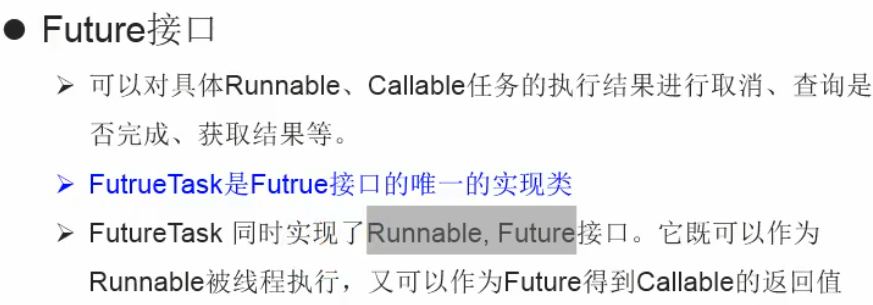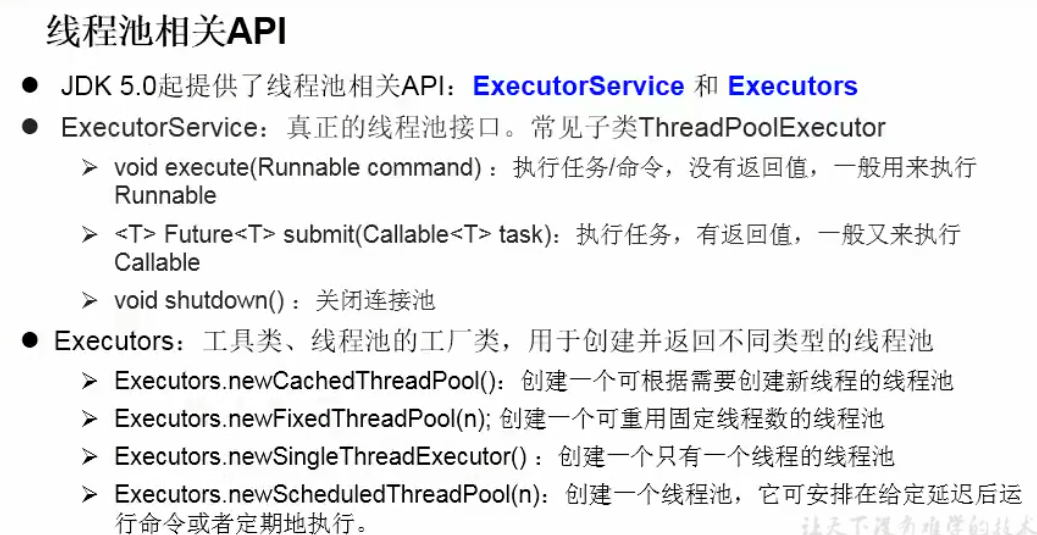1.线程通信案例 : 生产者 与 消费者

//线程通信案例 : 生产者与消费者 /** * 注意点 : produceProduct() & customerProduct() 要共享数据所以要改成同步方法 * wiat() 要有对应的notify() */ //共享数据 class Clerk{ private int procudtNum=0; //生产产品 public synchronized void produceProduct() { if (procudtNum<20){ procudtNum++; System.out.println(Thread.currentThread().getName()+"开始生产产品:"+procudtNum); notify(); }else{ try { wait(); } catch (InterruptedException e) { e.printStackTrace(); } } } //消费产品 public synchronized void customerProduct() { if (procudtNum>0){ System.out.println(Thread.currentThread().getName()+"开始消费产品:"+procudtNum); procudtNum--; notify(); }else{ try { wait(); } catch (InterruptedException e) { e.printStackTrace(); } } } } //生产者 class Producer extends Thread{ private Clerk clerk; public Producer(Clerk clerk){ this.clerk=clerk; } @Override public void run() { System.out.println(Thread.currentThread().getName()+"开始生产产品.."); while (true){ try { sleep(10); } catch (InterruptedException e) { e.printStackTrace(); } clerk.produceProduct(); } } } //消费者 class Customer extends Thread{ private Clerk clerk; public Customer(Clerk clerk){ this.clerk=clerk; } @Override public void run() { System.out.println(Thread.currentThread().getName()+"开始消费产品.."); while (true){ try { sleep(10); } catch (InterruptedException e) { e.printStackTrace(); } clerk.customerProduct(); } } } public class ProductTest { public static void main(String[] args) { Clerk clerk = new Clerk(); Producer p1 = new Producer(clerk); p1.setName("生产者1"); Customer c1 = new Customer(clerk); c1.setName("消费者1"); p1.start(); c1.start(); } }
2. JDK 5 加入了两种创建线程的新方式
2.1 实现Callable接口


//第三种创建线程的方式 : Callable import java.util.concurrent.Callable; import java.util.concurrent.ExecutionException; import java.util.concurrent.FutureTask; //1.创建一个实现Callable接口的实现类 class NewThread implements Callable{ //2.重写call()方法 , 将此线程具体的代码声明在其中 @Override public Object call() throws Exception { int sum=0; for (int i = 0; i <= 100; i++) { if (i % 2 ==0){ System.out.println(i); sum+=i; } } return sum; } } public class ThreadNew{ public static void main(String[] args) { //3.创建实现Callable的实现类对象 NewThread newThread = new NewThread(); //4.将次实现类作为参数传入FutureTask的构造器中 , 创建FutureFask对象 FutureTask futureTask = new FutureTask(newThread); //5. 启动线程 : 因为FutureFask也是Runnable的实现类 , 所以可以传参 new Thread(futureTask).start(); //获取call()的返回值 try { Object i = futureTask.get(); System.out.println(i); } catch (InterruptedException e) { e.printStackTrace(); } catch (ExecutionException e) { e.printStackTrace(); } } }
2.2 使用线程池


/* 创建线程的第四种方式 : 线程池 */ import java.util.concurrent.ExecutorService; import java.util.concurrent.Executors; import java.util.concurrent.ThreadPoolExecutor; class NumberThread implements Runnable{ @Override public void run() { for (int i = 0; i <= 100; i++) { if (i % 2 ==0){ System.out.println(Thread.currentThread().getName()+":"+i); } } } } public class ThreadPool { public static void main(String[] args) { //1.创建有固定数量的线程池 ExecutorService service = Executors.newFixedThreadPool(10); //设置线程池的属性 , 因为ExecutorService是一个接口 , 所以需要用接口的实现类来设置 : ThreadPoolExecutor ThreadPoolExecutor service1 = (ThreadPoolExecutor) service; service1.setCorePoolSize(3); //service1.setKeepAliveTime(); //2, 适用于Runnable service.execute(new NumberThread()); //适用于Callable , 可以有返回值 //service.submit(); //3.关闭线程池 service.shutdown(); } }